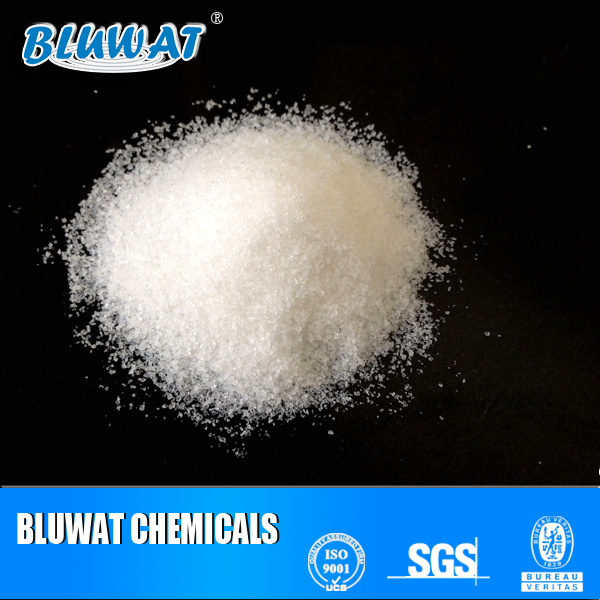Anionic surfactants are characterized by their negatively charged ions. They are commonly found in many types of cleaning products, as they are effective at removing dirt and other particles from surfaces. Some examples of anionic surfactants include sulfates, sulfonates, and carboxylates.

Cationic surfactants, on the other hand, are characterized by their positively charged ions. They are commonly used in fabric softeners, as they help to reduce static cling and make clothes feel softer. Cationic surfactants are also used in hair conditioners and some types of disinfectants. Some common examples of cationic surfactants include quaternary ammonium compounds, amines, and amine oxides.
The choice between anionic and cationic surfactants depends on the specific application and the desired outcome. For example, if the goal is to remove dirt or other particles, anionic surfactants may be the better choice. If the focus is on fabric softening, cationic surfactants would be more appropriate.
In conclusion, anionic and cationic surfactants are two different types of compounds with unique properties and applications. Understanding the differences between these two types of surfactants can help in selecting the best product for your intended use.